
Have you ever wondered if the collection process is dangerous? Does it hurt?
The answer to both questions is NO.
Cord blood and cord lining collection process does not harm either the mother or the baby. It does not even interfere with the birthing process. The process begins right after the child’s birth and it will only take a few minutes. Let us explain how it works.
Collection of Cord Blood
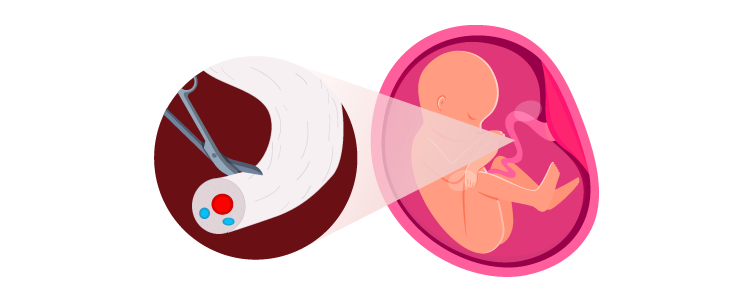
Upon the baby’s delivery, the umbilical cord is clamped and cut by your OBGYN (obstetrician / gynaecologist).
Baby is separated from the placenta.
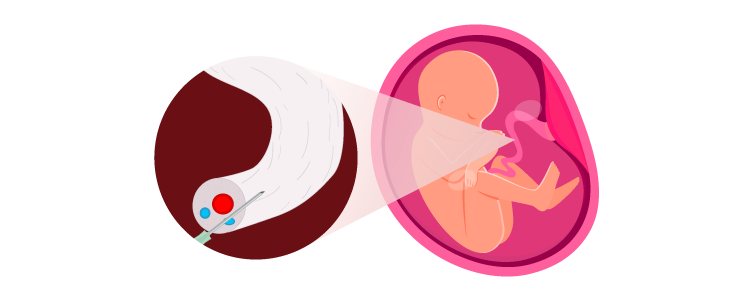
The collection bag needle is inserted into the umbilical cord to collect the remaining blood.
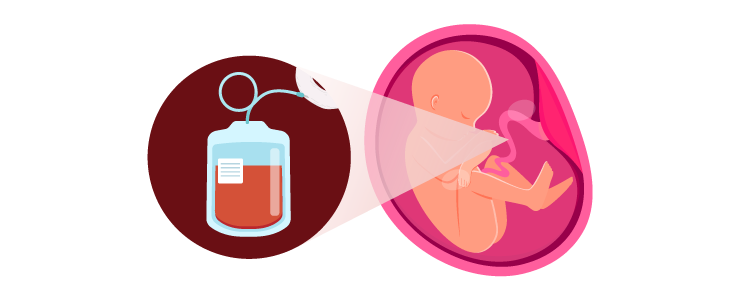
Cord blood is drained from the cord into the collection bag by gravity flow.
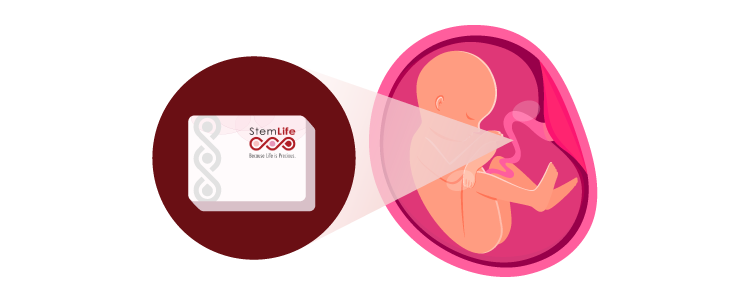
The collection bag containing the cord blood will be placed in our specially designed collection kit and transported to our laboratory for processing.
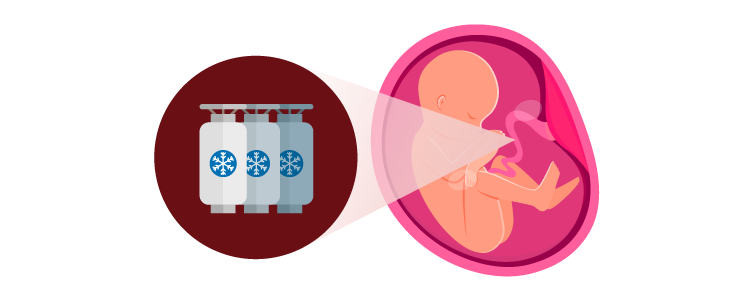
- Our technologists will perform a series of tests and assess the amount of stem cells collected.
- The cord blood stem cells will be stored in the FDA-approved multi-compartment Cryobag and cryopreserved at -190℃ in a cryogenic storage tank for long term storage.
Collection of Cord Lining
Cord lining is the layer that covers and protects your baby’s entire umbilical cord. Collecting the cord lining means collecting a segment of the umbilical cord.
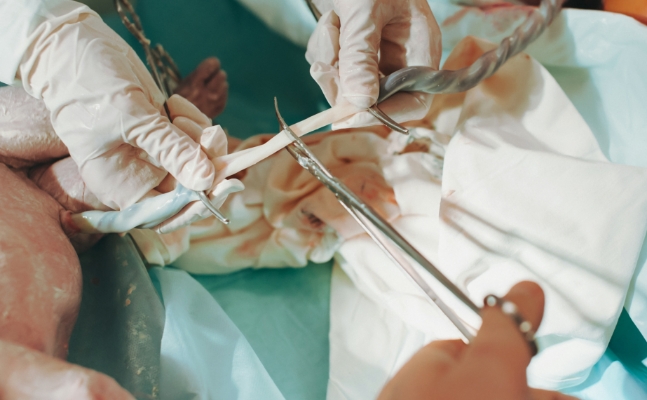
Cord Lining collection
The attending OBGYN will cut the umbilical cord during cord blood collection and place it in a sterile container from the kit.
The umbilical cord collection kit will be sent to the lab for processing.
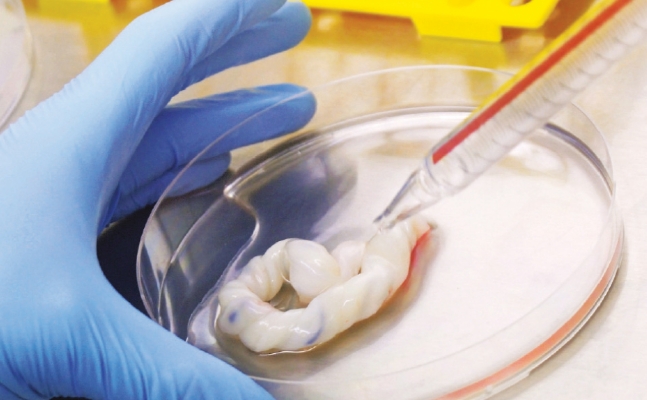
Segmentation
Cord lining is further processed, cleaned with wash buffer solution and cut into small pieces.
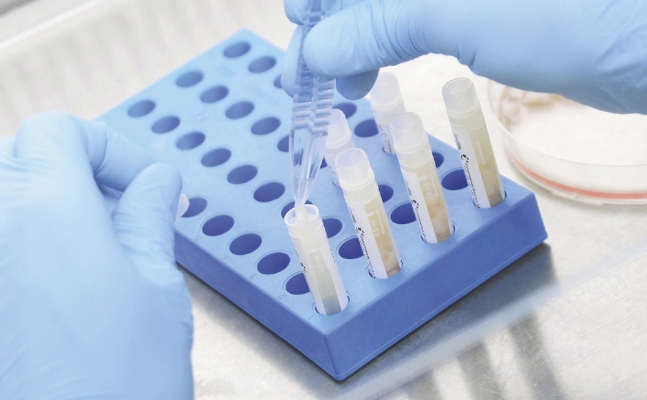
Cryovials transfer
The segments are transferred into multiple cryovials with cryoprotectant solution added-in to safeguard the viability of the cells during cryopreservation.
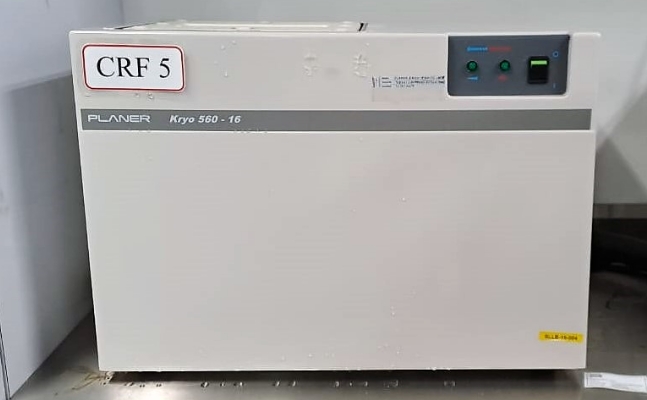
Programmed Cryopreservation
The cord lining sections are frozen gradually in a programmed way inside the controlled-rate freezer to preserve the optimal quality of the stem cells.
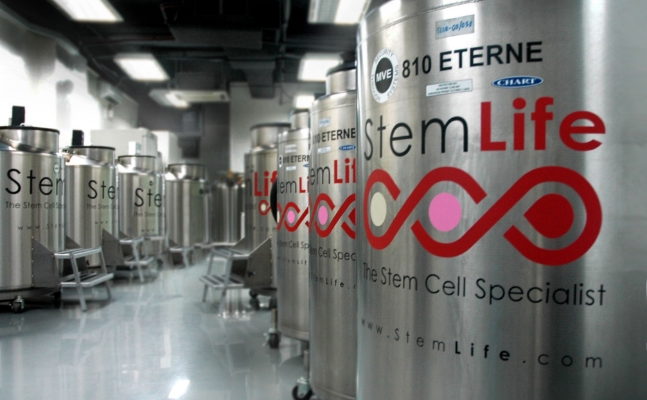
Cryostorage
The cryovials are stored at -196°C in a cryogenic storage tank for long term cryostorage.



